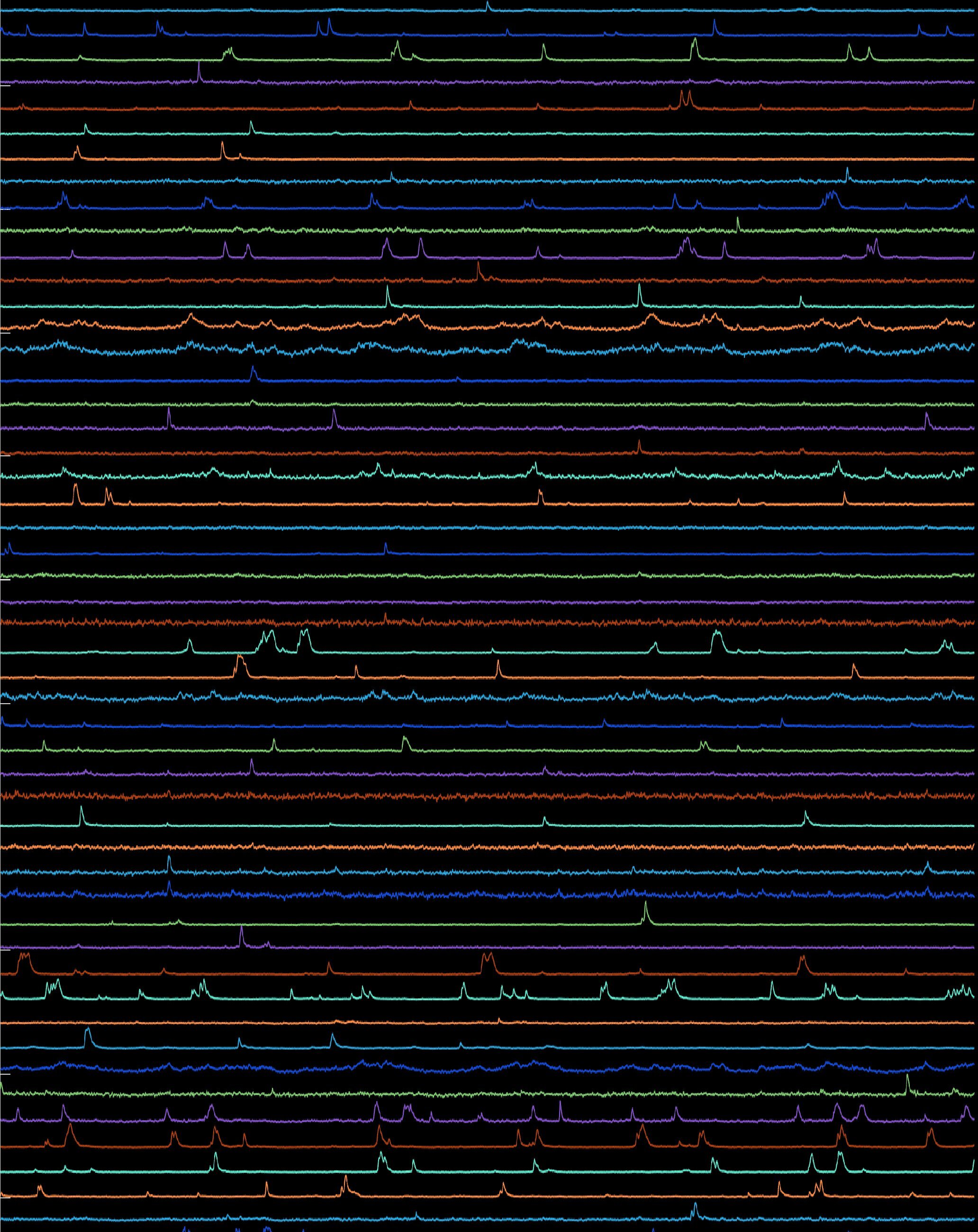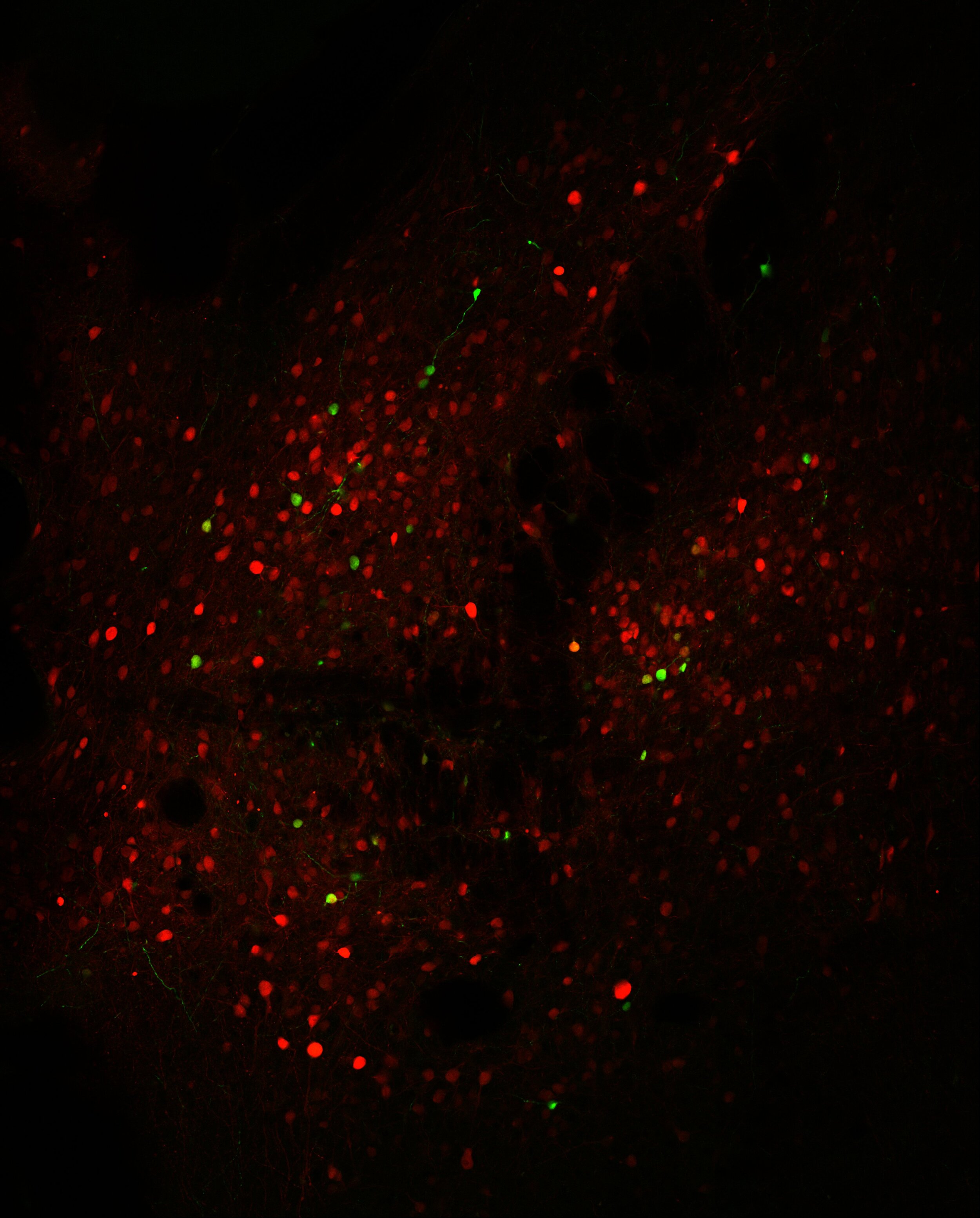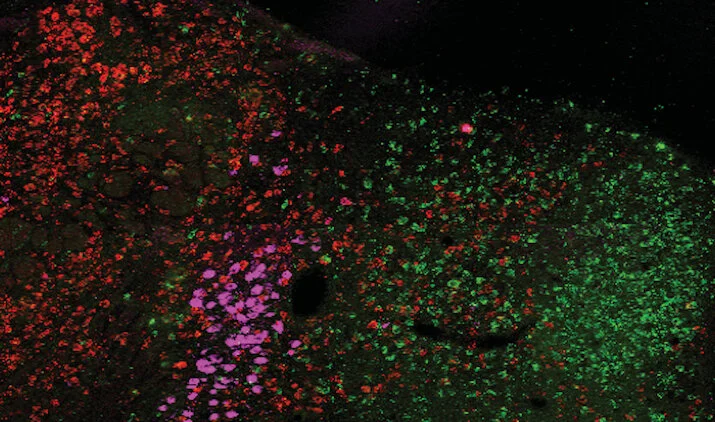Understand our brain by using feeding as an entry point
Overview
“A man can do what he wills, but not will as he will”
Consumption behaviors are essential to life. In higher life-forms with appetite control, rather than being the so-called “innate behaviors”, feeding and drinking are much more adaptive. They often entail many learning components and reveal unanticipated complexity. Under such contexts, the consumption decision in feeding and drinking depends on the interactions between the nervous system, body, and environment. Therefore, under neural constraints, both physiological and environmental drivers determine what to eat, how much to eat and how often to eat. While hunger and thirst neuronal circuits have been extensively studied recently, how the external sensory inputs and internal references derived from learned experiences coordinate with internal homeostatic needs together to ultimately make a consumption decision remains stubbornly opaque. Mechanistic models of feeding and drinking in complex environments are still lacking. Combined with cutting-edge and multidisciplinary technologies such as deep-brain functional imaging during virtual reality-based behaviors, RNAseq-based multiFISH, CaRMA, quantitative behavior assays, behavior computation modeling, closed-loop optogenetic manipulation, and so on, we aim to identify the neural underpinnings of adaptive feeding or drinking behavior, causally connect the molecules and neural activity with the dynamics of the behavior and also hopefully shed light on the etiology of different metabolic and eating disorders.

Questions
Why do we eat/drink even when we are not hungry/thirsty? Consumption behaviors can be well triggered beyond the homeostatic need. For example, we can eat not only because of hunger/thirst but also for pleasure, which is called “hedonic consumption”. And oftentimes hedonic consumption can lead to excessive energy intake, one of the major contributors to obesity and diabetes nowadays. Understanding its neural mechanism is therefore critical to help to reduce overeating in the context of our current environment which abounds with inexpensive, palatable, high-calorie foods and beverages.
Art Work: Julia Kuhl
Our brain can actively detect external stimulus in our living environment, gets the internal representation of these external stimuli, and generate the appropriate behaviors to firstly ensure our survival and secondly maximize our living quality. But the attributes of a stimulus are not objective physical characteristics of the stimulus. Instead, the relevance of the stimulus depends on changing internal states and the brain’s history with similar situations. This situational relevance is not a small matter but has a profound effect on neural activities in the brain and its relationship to the sensory environment. The same stimulus under this situation can evoke very different neuronal patterns in different brains or even the same brain at different times, which is often underlying the behavior variation within individuals and also the social dynamics in populations. So how do internal states modulate behavior output? How does behavior diversity rise in the face of the same environment? We are interested to use hunger/thirst as entry points to understand how internal information is integrated into the internal representation of external stimuli and changes the final behavior output.

Tools
We use multiscale approaches to comprehensively understand the mechanisms of consumption in molecular, cellular, circuit, and behavior levels.










